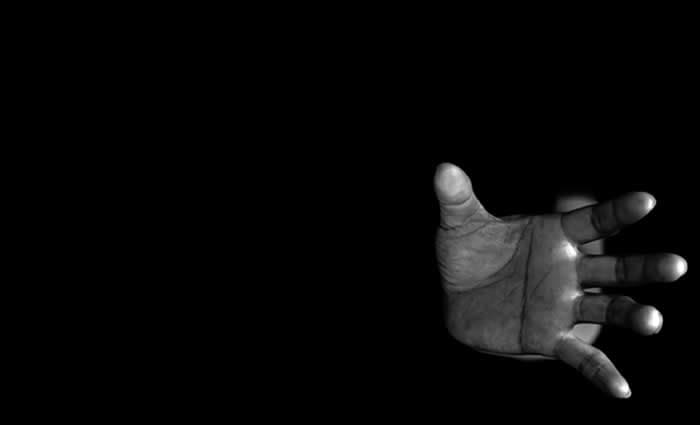‘Mindfulness provides a simple but powerful route for getting ourselves unstuck, back in touch with our own wisdom and vitality…The most important point is to be really yourself and not try to become anything that you are not already…being in touch with your deepest nature, and letting it flow out of you unimpeded’ (Kabat-Zinn, 1994)
Gathering the Scattered Mind
Welcome to Week 3 of this 4 Week mindfulness blog. If you got a chance to practice the meditation practice this week and home practice exercises, well done! – it can be really hard to fit this into a busy schedule. This week we are looking at how much of the time our mind is either in the future or the past. Using the ‘one minute counting the breaths’ exercise or the formal 10 minute meditations is a way of anchoring ourselves back in the present moment, using the breath or the body. These anchors allow us a way to reconnect with what is happening right now, to gather the mind and shift gear from the busy problem-solving ‘Doing’ mode of mind to the ‘Being’ mode of mind. Reconnecting with the anchor of the breath or body can allow us to widen our perspective, moving from the narrowed focus of the problem-solving mind to the widened awareness and spaciousness of the body, mind and emotions.
Doing and Being: Two different modes of mind – 2 different tools to approach different tasks, one is not better than the other
The Doing Mode: It is the logical and problem-solving way of approaching the world. Keep in mind what we want and try to get rid of what we don’t want. This is the mode of mind we access when we have a project in hand or when we are planning a holiday.
The Being Mode: It is intuitive. It’s in the present. This is the mode of mind we access when we fall in love, or enjoy a beautiful sunset. In this mode of mind we are connected with our body sensations and what the sense perceptions are bringing to us.
The meditation practice gives us the opportunity to access the ‘being mode’ independently of external circumstances. (Adapted from Segal, Williams and Teasdale, 2013)
Autobiography in Five Chapters
1) I walk down the street.
There is a deep hole in the sidewalk.
I fall in.
I am lost … I am hopeless.
It isn’t my fault.
It takes forever to find a way out.
2) I walk down the same street.
There is a deep hole in the sidewalk.
I pretend I don’t see it.
I fall in again.
I can’t believe I’m in the same place.
But it isn’t my fault.
It still takes a long time to get out.
3) I walk down the same street.
There is a deep hole in the sidewalk.
I see it is there.
I still fall in … it’s a habit.
My eyes are open.
I know where I am.
It is my fault.
I get out immediately.
4) I walk down the same street.
There is a deep hole in the sidewalk.
I walk around it.
5) I walk down another street.
By Portia Nelson From, 1994
Home Practice for the Week Following Session 3
- Alternate between the 13 minute Body Scan one day and the 10 Minute Breath and body the next.
- Set the alarm on your phone for just one minute, and count the breaths, no need to change the breathing in any way, simply bring your awareness to how the body is naturally breathing. Being with your breath in this way each day provides an opportunity to become aware of what it feels like to be connected and present in the moment without having to do anything.
- Choose a new routine activity in your daily life and make a deliberate effort to bring moment-to-moment awareness to that activity each time you do it. Possibilities include brushing your teeth, showering, drying your body, getting dressed, eating, taking out the rubbish, walking etc. Simply zoom in on knowing what you are doing as you are actually doing it.
FOR MORE FREE DAILY MEDITATIONS, CLICK ON THE LINKS BELOW:
For Breath and Body (10 mins)
For Body Scan (13 mins)
For Mountain Meditation (15 mins)
For Mindful Movement (30 mins)
For Three Step Breathing Space (3 mins)
For more information about 8 Week MBSR/MBCT Courses and Free Meditation Resources please visit The Mindfulness Centre
REFERENCES
Segal, Z.V., Williams, J.M.G., & Teasdale, J.D. (2013). Mindfulness–Based Cognitive Therapy for Depression: A New Approach to Preventing Relapse (Second Edition). London: The Guilford Press.
Kabat-Zinn, J. (1994). Wherever you go, there you are: Mindfulness meditation in everyday life. New York: Hyperion.
Support Our Campaign
We rely on the generosity of the public to fund our work and so far together we have achieved great things! Please do continue to support us so we can provide future generations in Ireland with the resources to recognise and talk about their emotions, and equip them to navigate the ever-changing world around them as they grow




























